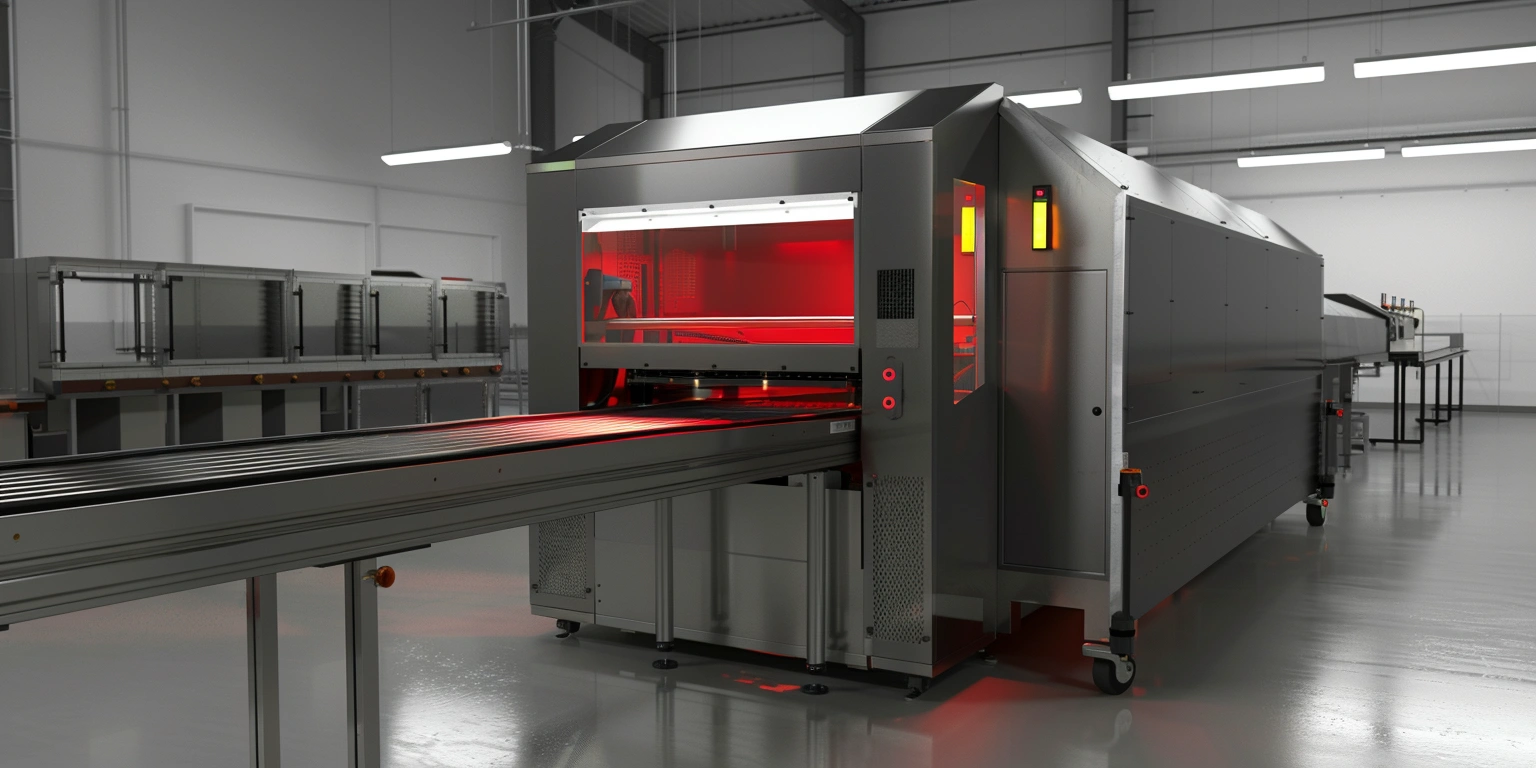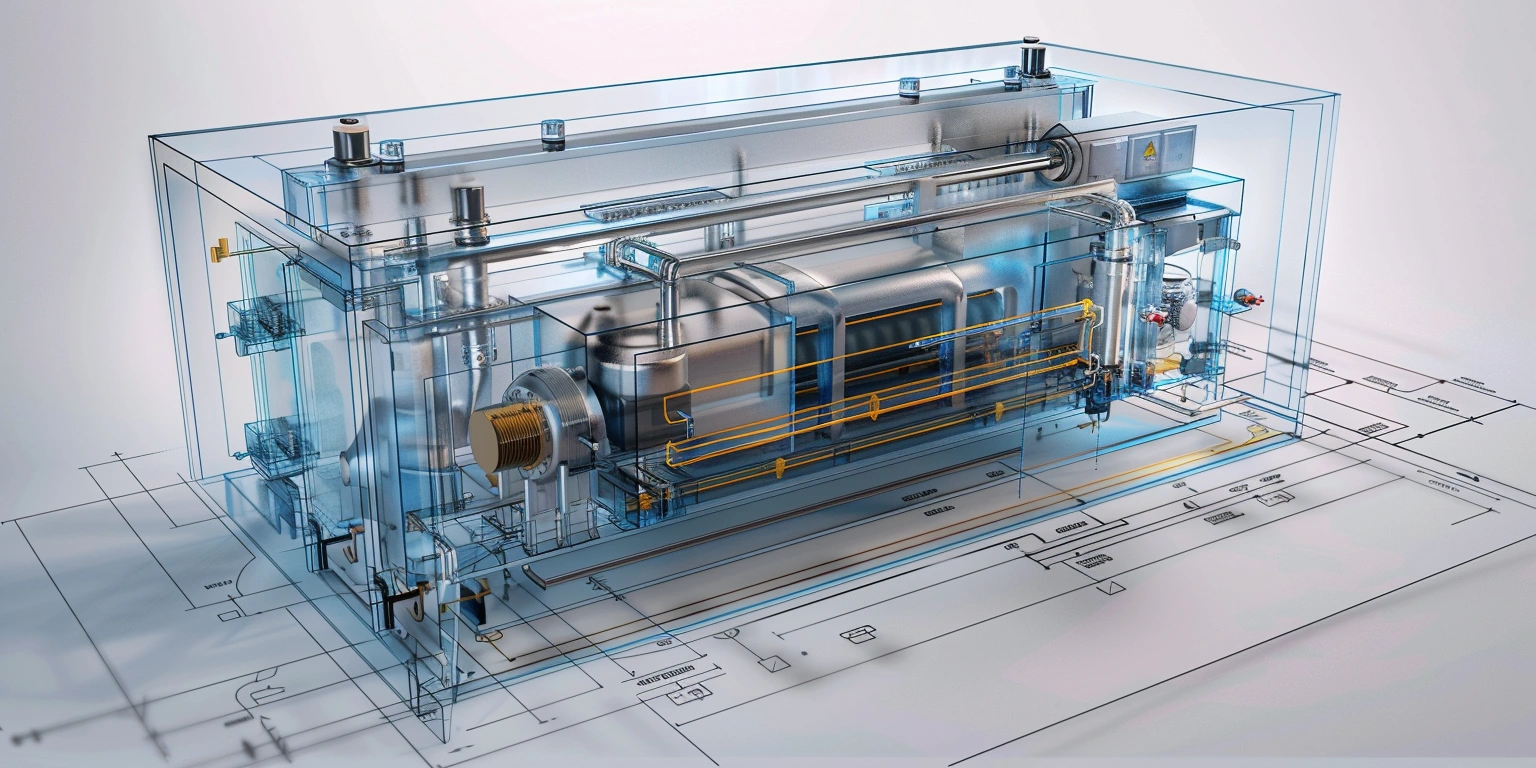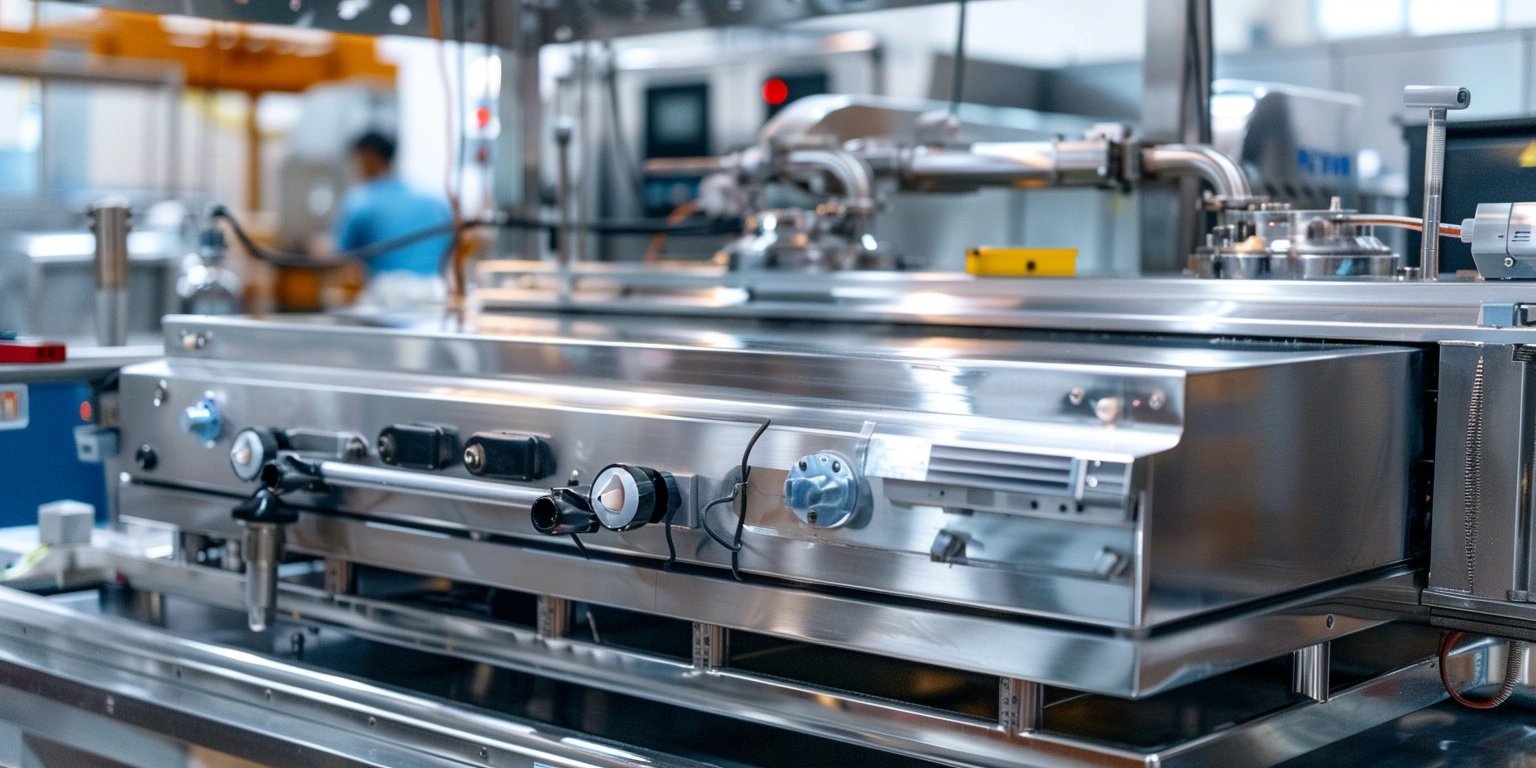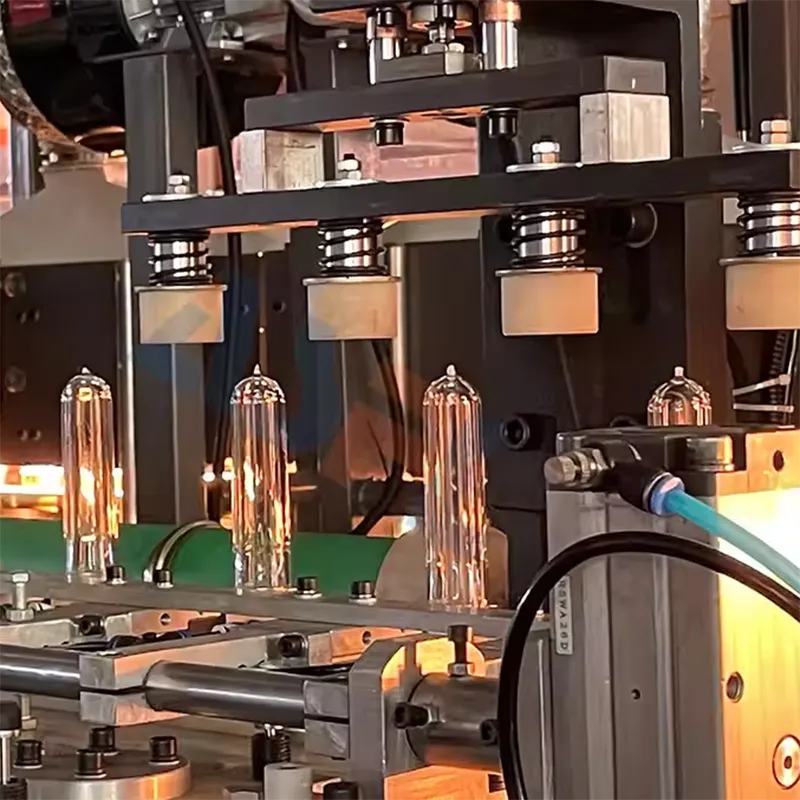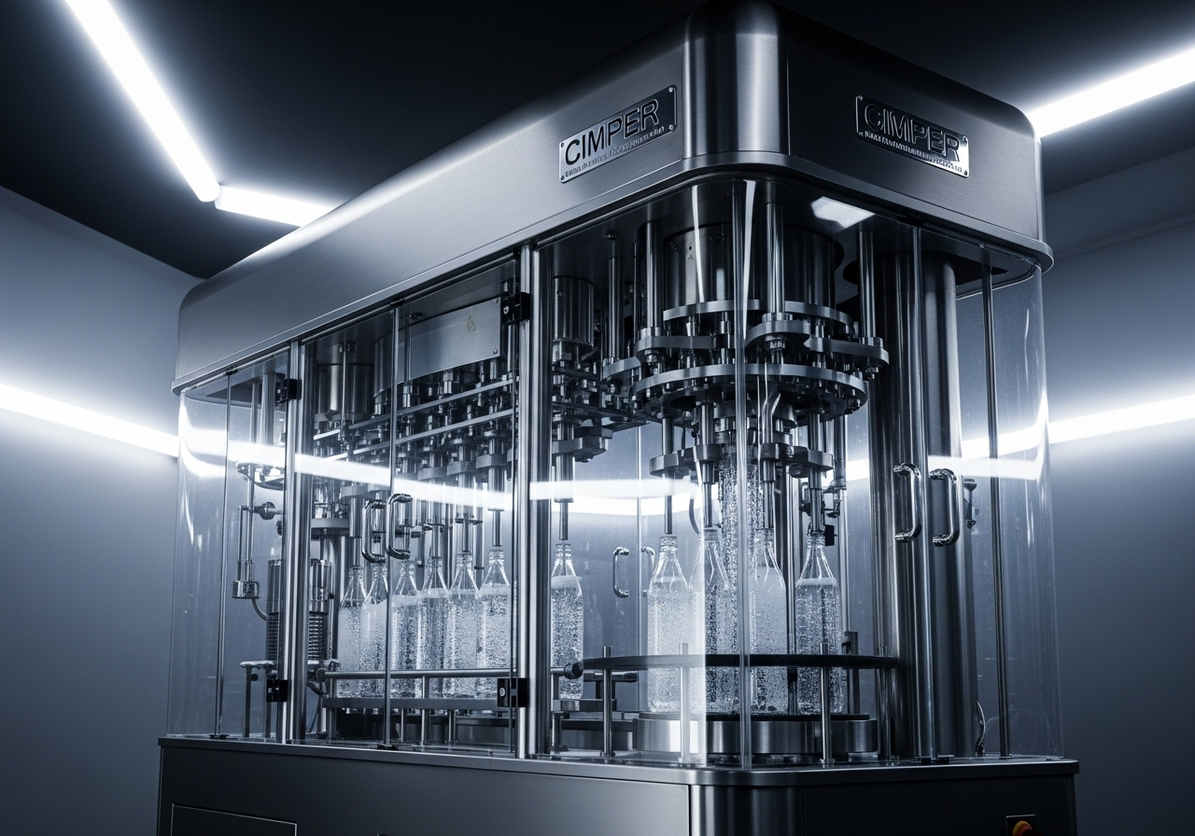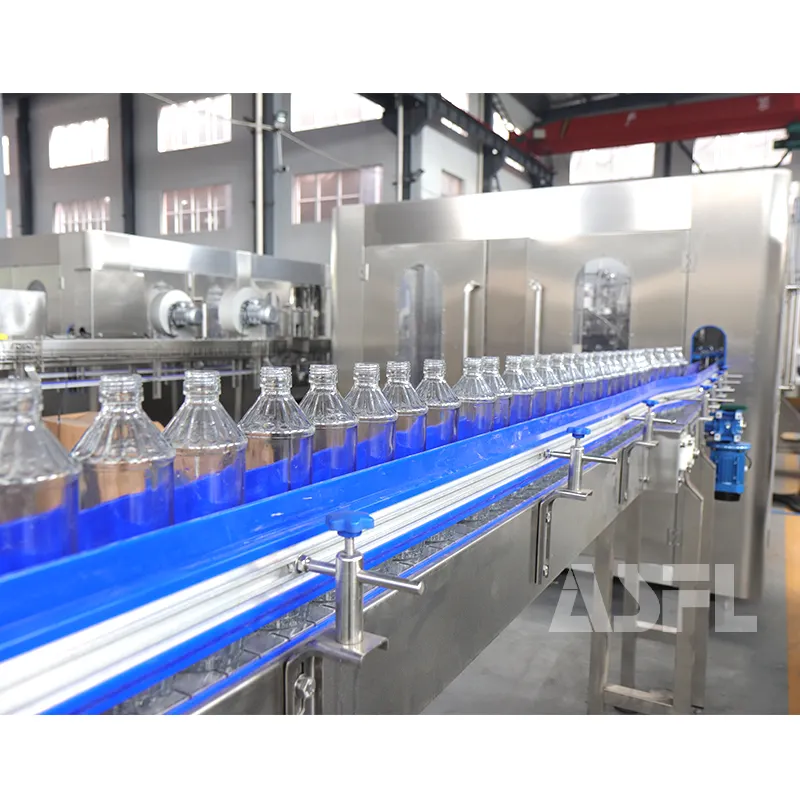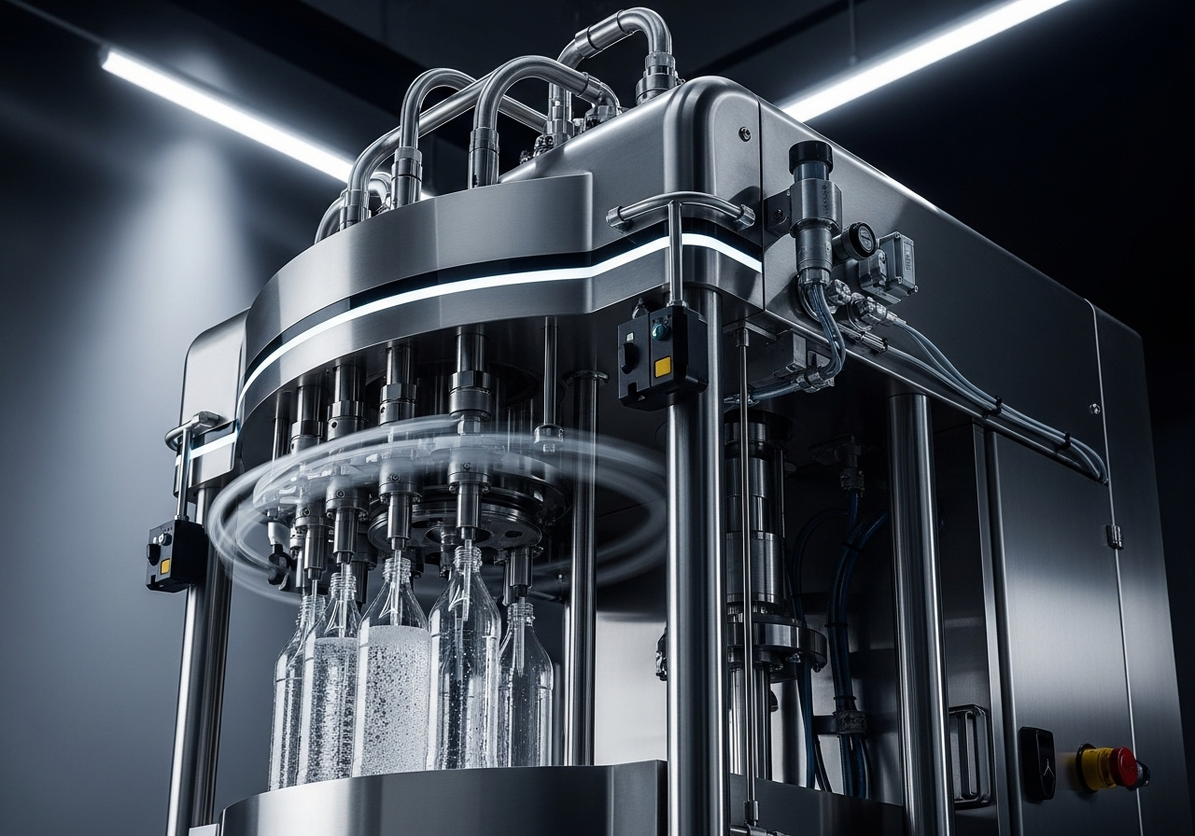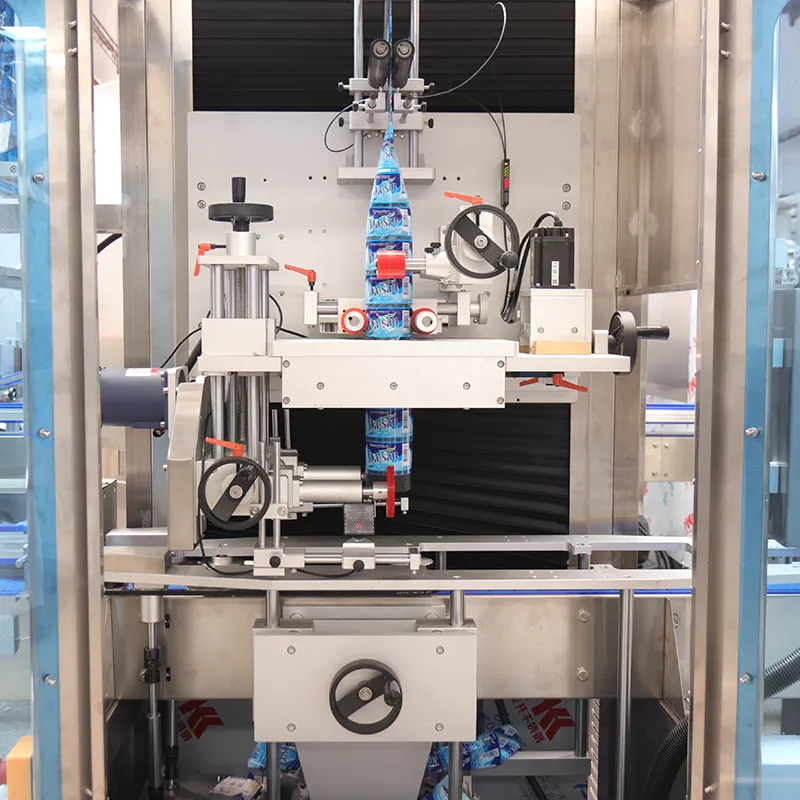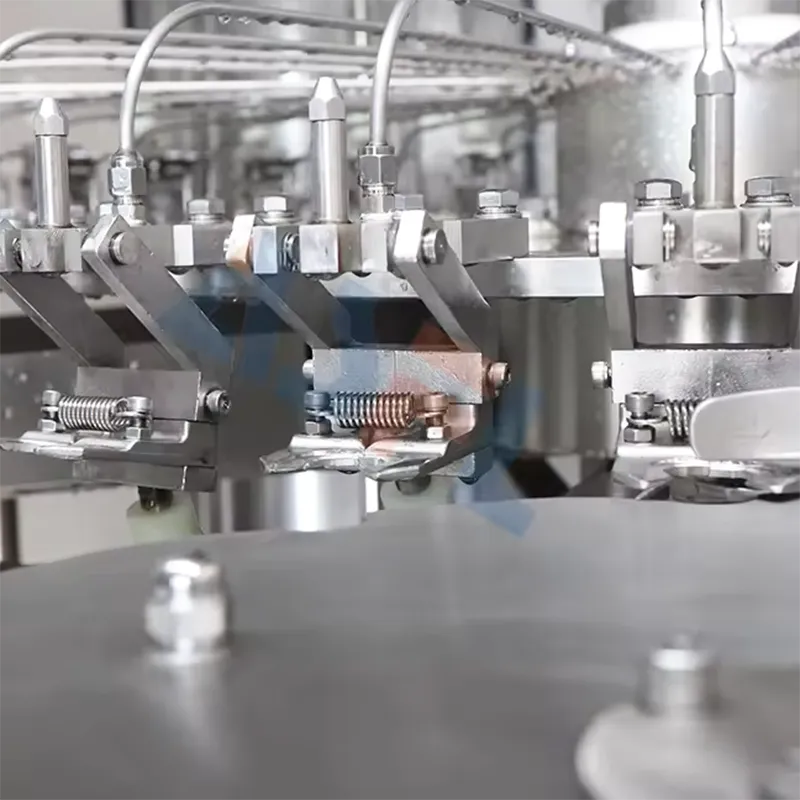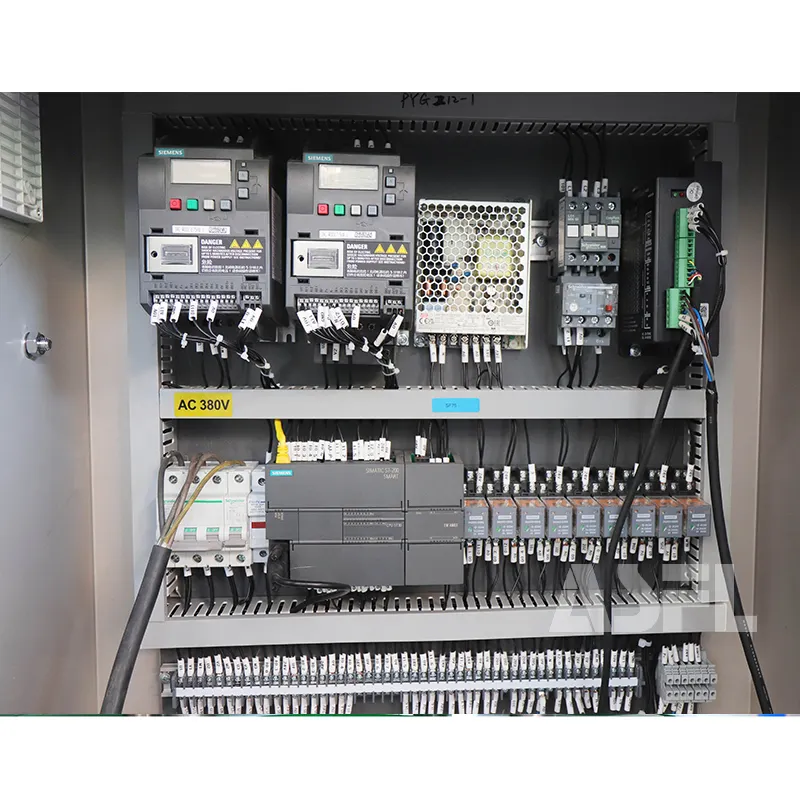"We can’t keep tossing pouches at 3 a.m.," the plant manager told me on a Wednesday night, leaning on a pallet of frozen entrées. They’re a mid-sized co‑packer in the Upper Midwest, running two shifts and living with seal failures that always showed up when the clock was least friendly. I’m the maintenance tech who gets the call when the heat bar scorches or the pump wheezes. This time, we had a chance to reset the whole vacuum-sealing setup with **ASFL**.
The target was simple and not-so-simple: hold seal integrity through frozen distribution while keeping changeovers sane. We had a good crew—two of us from maintenance, one controls engineer, and a production supervisor who wasn’t afraid to call out bad ideas. We also pulled in ASFL field support for commissioning so we didn’t reinvent the wheel.
What follows isn’t a glossy brochure. It’s the data we saw, the decisions that stuck, the ones that didn’t, and the spots that still need attention. And yes—there’s a clear before and after, with numbers that made finance nod instead of frown.
Challenges Before Implementation
Before the change, the line ran like a car with one tire soft. OEE floated between 62–66%, pouch leaks landed in the 7–10% range on some SKUs, and unplanned stops ate 90–120 minutes per shift. Throughput hovered near 450 packs/hour when the stars aligned. Operators were juggling three bag thicknesses and a heat bar that ran hot on the left and cold on the right. In the R&D kitchen they’d been testing with an oliso vacuum food sealer, which was fine for samples but never consistent enough for production.
There was also confusion about fundamentals. More than once I heard, "how does a vacuum sealer work?" Not a dumb question—just one that gets murky when people mix home gadgets with chamber machines. That confusion showed up in settings that drifted, seals that looked okay but failed in the freezer, and a pump service interval nobody owned.
The first real find wasn’t glamorous: worn Teflon tape and a crushed front gasket. Two $12 parts caused half the overnight headaches. We swapped them, realigned the heat bar (1.5 mm offset), and leveled the fixture. Scratches on the bar told the story—bags were riding high. The leaks didn’t vanish, but we stopped blaming operators for things that were basically mechanical.
Solution Overview
We moved to an ASFL chamber sealer, PLC-triggered with a footswitch option so operators could keep both hands on product. In plain terms for the team: when the lid closes, the chamber pump pulls air from both the pouch and the chamber; once the target vacuum is reached, the seal bar heats; cool-down locks the seam; vent equalizes pressure so the pouch hugs the product. That’s the short answer to "how does a vacuum sealer work" for a chamber unit.
Specs we settled on: 20 m³/h pump, typical cycle 28–32 seconds on the main entrée SKUs; dual-seal rails (3 mm standard, 8 mm for the heavier sauce packs); recipe presets for three bag gauges; and a nitrogen puff for the delicate items. We left a provision for jar work because marketing kept asking about seasonal packs. The plant partnered with ASFL for commissioning and training, which gave us a clean baseline to measure from.
Project Timeline and Milestones: What Actually Happened?
Weeks 1–2 (April): audit and prep. We mapped failure modes, checked vacuum integrity with a gauge (settling at −0.95 bar on test loads), and fixed low-hanging fruit—gaskets, tape, bar alignment. Baseline captured: OEE at 62–66%, leaks 7–10% on two core SKUs, unplanned stops 90–120 minutes/shift.
Weeks 3–4: install and wiring. We dropped the chamber unit, ran conduit to the PLC, and stood up recipes. The first pilot run stumbled—operators mixed bag gauges on evening shift and rushed the cool-down. "We literally searched ‘how to use vacuum sealer foodsaver’ on the training portal," one lead admitted, which told me we had to reset expectations. Someone else typed "using a ASFL vacuum sealerealer"—typo and all—into the same portal. We built a short video and laminated one-page job aids by SKU.
Week 6: turning point. Scrap moved from 8–9% to about 3–4% as cool-down discipline stuck and seal rails stayed clean. Throughput rose to roughly 560–600 packs/hour on the easiest SKU; the tougher sauce pack settled near 520. By July (months 3–4), OEE lived in the 80–83% band with less swing between shifts. The payback window penciled out at 9–11 months, driven mostly by less scrap and overtime avoided.
What Technical Challenges Did We Hit?
Controls first. The legacy case packer PLC wouldn’t talk natively to the new chamber unit. We added an Ethernet/IP gateway, which cost us two extra weeks and a few gray hairs. Once online, we found a race condition in the permissive logic; the fix was a simple 300 ms delay before seal-rail energize. Not glamorous, but it stopped intermittent faults.
Then jars. Marketing pitched a seasonal promo in glass, which kicked off a flurry of questions about foodsaver vacuum sealer canning jars. We tested jar cycles in the chamber with metal lids—success rate in early runs was spotty until we replaced a lid batch (warped), swapped the chamber gasket, and extended vacuum hold. Final jar cycle ran 45–55 seconds and held through distribution. The small R&D batches we’d done on the oliso vacuum food sealer didn’t translate; consumer cycles just don’t behave like chamber cycles with glass and headspace.
Last, seals and materials. Mixed bag gauges were biting us. Operators sometimes grabbed 3 mil pouches for a heavy entrée. We color-coded bins and locked recipes to bag barcodes. Torque on the seal-rail clamps was drifting; a click-wrench and a weekly check stopped the creep. By the end, leak rate stayed in the 1.5–2.5% band and unplanned stops settled around 30–45 minutes/shift. Not perfect, but the night calls dropped, and the crew trusted the process. We closed the project with a simple rule: if anything gets weird, start with the bar, the gasket, then the recipe. It’s boring—and it keeps **ASFL** running the way it should.


